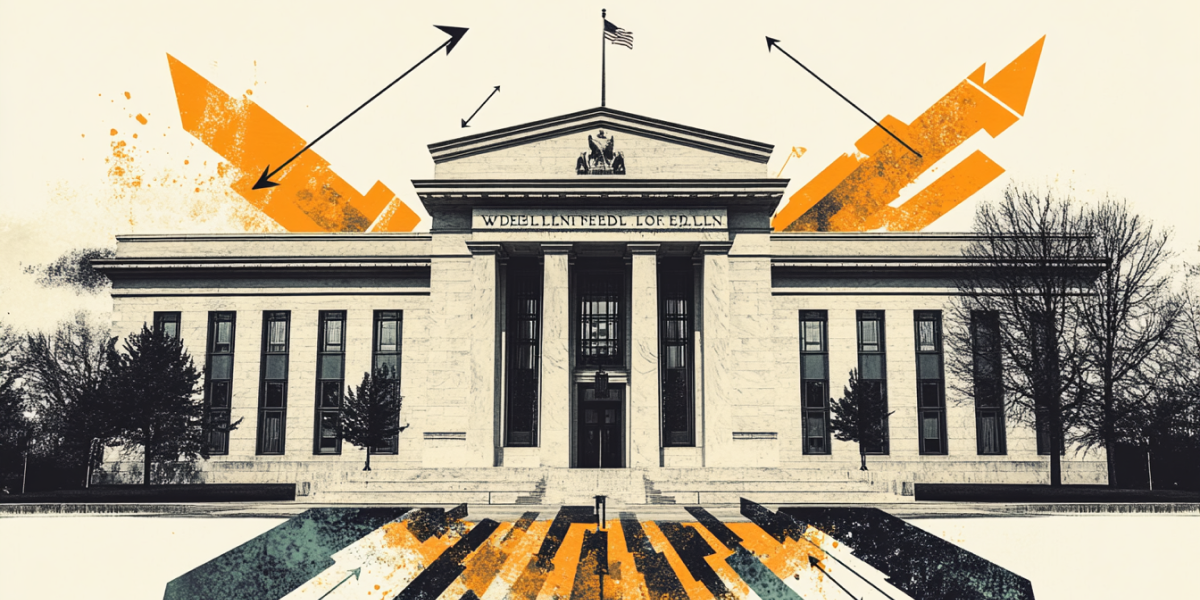Fed's Goolsbee: Rates could come down if tariffs are avoided by a deal or otherwise

Federal Reserve (Fed) Bank of Chicago President Austan Goolsbee said on Thursday that they could return to a situation where interest rates could come down if tariffs are avoided by a deal or otherwise, per Reuters.
"If politics controls the interest rate, inflation is coming back," Goolsbee added and further noted that sometimes the central bank has to do what the political apparatus doesn't enjoy.
Key takeaways
"Stagflation is the toughest scenario for a central bank; that's not what we are facing now."
"This is a stagflationary direction, but it's not stagflation."
Market reaction
The US Dollar Index stays under bearish pressure following these comments and was last seen losing 0.45% on the day at 99.45.
FXStreet Speech Tracker provided a score of 5.4 to these comments, suggesting that they were relatively neutral. Meanwhile, FXStreet Fed Sentiment Index stays in hawkish territory above 110.00.

Fed FAQs
Monetary policy in the US is shaped by the Federal Reserve (Fed). The Fed has two mandates: to achieve price stability and foster full employment. Its primary tool to achieve these goals is by adjusting interest rates. When prices are rising too quickly and inflation is above the Fed’s 2% target, it raises interest rates, increasing borrowing costs throughout the economy. This results in a stronger US Dollar (USD) as it makes the US a more attractive place for international investors to park their money. When inflation falls below 2% or the Unemployment Rate is too high, the Fed may lower interest rates to encourage borrowing, which weighs on the Greenback.
The Federal Reserve (Fed) holds eight policy meetings a year, where the Federal Open Market Committee (FOMC) assesses economic conditions and makes monetary policy decisions. The FOMC is attended by twelve Fed officials – the seven members of the Board of Governors, the president of the Federal Reserve Bank of New York, and four of the remaining eleven regional Reserve Bank presidents, who serve one-year terms on a rotating basis.
In extreme situations, the Federal Reserve may resort to a policy named Quantitative Easing (QE). QE is the process by which the Fed substantially increases the flow of credit in a stuck financial system. It is a non-standard policy measure used during crises or when inflation is extremely low. It was the Fed’s weapon of choice during the Great Financial Crisis in 2008. It involves the Fed printing more Dollars and using them to buy high grade bonds from financial institutions. QE usually weakens the US Dollar.
Quantitative tightening (QT) is the reverse process of QE, whereby the Federal Reserve stops buying bonds from financial institutions and does not reinvest the principal from the bonds it holds maturing, to purchase new bonds. It is usually positive for the value of the US Dollar.
Author

Eren Sengezer
FXStreet
As an economist at heart, Eren Sengezer specializes in the assessment of the short-term and long-term impacts of macroeconomic data, central bank policies and political developments on financial assets.

















